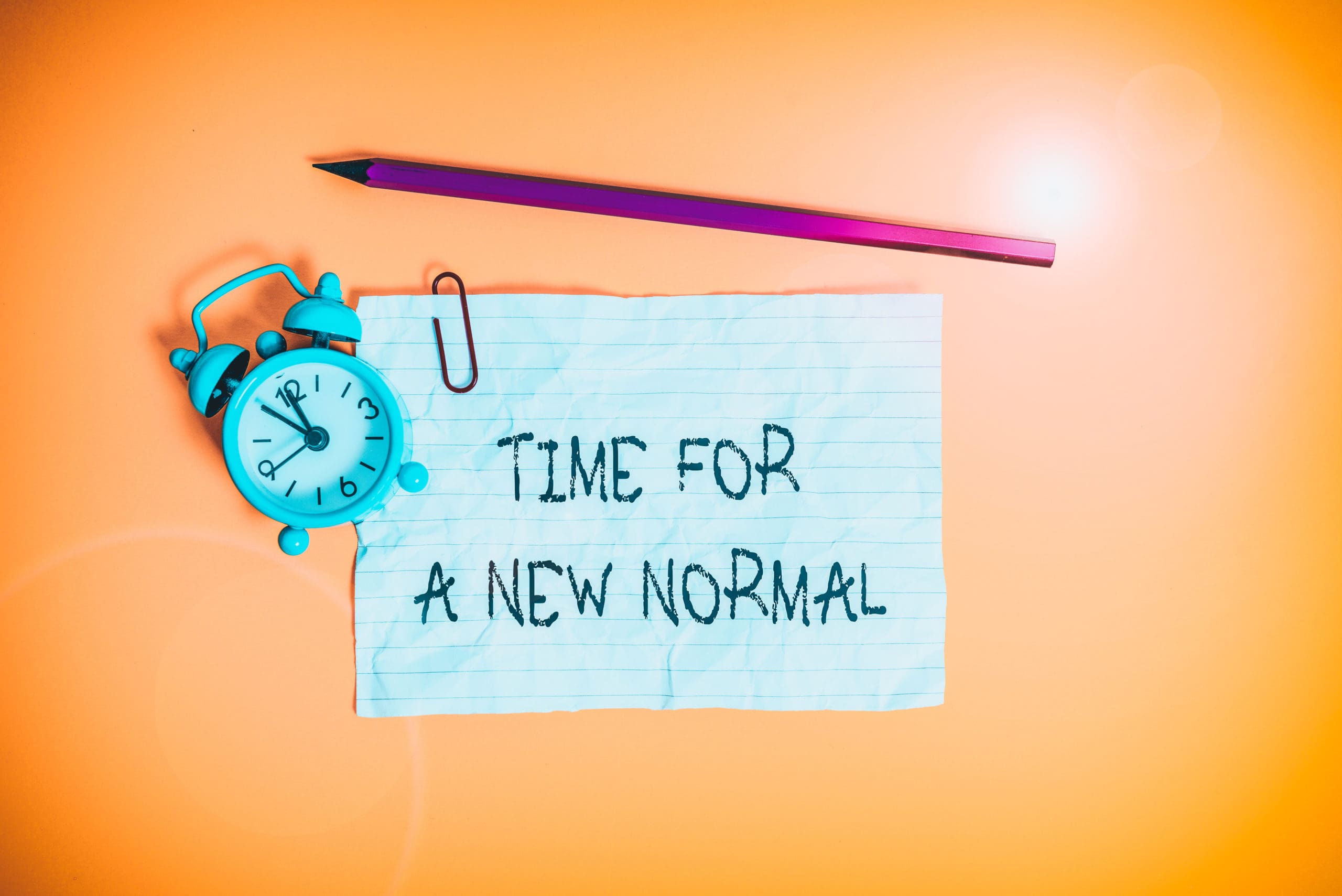America is now taking steps to reopen the economy and ease the restrictions that were implemented to stem the spread of the coronavirus. This means that schools, colleges and the healthcare sector can start preparing for the post-COVID-19 world, whatever it might look like.
Keep in mind, however, that the coronavirus won’t magically go away overnight. The 1918 flu pandemic lasted from January of that year to December 1920. Few deaths were reported during its first stage in the spring of 1918, but when the virus resurfaced in the fall, it was much more severe. We need to be prepared for the possibility that COVID-19 could also come back with a vengeance, although we hope it won’t. We need to be flexible, understanding that there are a lot of things we just don’t know about this new virus.
With these caveats in mind, here are some issues schools, colleges and hospitals need to consider for the near future. I’ve gleaned these ideas from conversations with some of my campus security, public safety and emergency management practitioner friends, including Guy Bliesner, Anjanette Hebert, Bryan Warren, John Weinstein, Ben Scaglione and Lisa Terry, as well as my own research.
Let the following serve as a checklist:
Schools and Universities
How will social distancing be accomplished in classrooms, dorms, school buses and other campus locations when students and staff return to campus?
- Will class sizes be reduced?
- Will the layouts of classrooms, cafeterias, student unions, etc. be changed to support social distancing?
- Will everyone return at the same time, or will they return in phases?
- Will start times be staggered for different times of the day or days of the week? If so, will more staff need to be hired, or will current staff need to work overtime?
- Will a combination of face-to-face classes and distance learning be adopted?
- How will transportation be affected? Will fewer students be allowed on school buses? If so, might more school buses be purchased and more drivers hired?
- How will social distancing be enforced and monitored? Will video surveillance and analytics solutions be adopted to track the level of social distancing among students, parents and visitors?
- How will social distancing violators be disciplined?
- Will college residence hall occupancy be reduced, perhaps allowing students to have single rooms?
- How will social distancing be enforced at off-campus events?
- What visitor management and access control policies and equipment will need to be updated so social distancing is fully supported?
How will student, employee and visitor health be monitored?
- Are there enough school nurses to provide care? Is the campus health center equipped and staffed to handle COVID-19 cases?
- Will temperatures be checked, possibly with cameras or other types of non-invasive technology?
- Will the campus provide onsite testing for the coronavirus?
- How will contact tracing be accomplished? Via technology?
- What will be the campus policies for isolating students if they become ill?
- What will be the policies outlining when students can come back to school once they’ve recovered?
- What will be the policies for those exposed to the virus? Quarantine? Decontamination?
How will campus sanitation and personal hygiene be maintained?
- Will gloves, masks and sanitizer be readily available throughout the campus? How will it be determined who is required to wear personal protective equipment (PPE)?
- How will PPE supplies be obtained, stored and secured? How will it be disposed?
- Will students, faculty and staff be required to wear masks?
- How and how often will equipment that’s in common and high-touch spaces be cleaned? How will cleaning supplies be obtained, stored and secured?
How will all of this information be communicated and how often?
- Will it be communicated via web site announcements, social media, traditional media, mass notification systems, etc.?
Healthcare
- How will the hospital prepare for a possible second or third wave of COVID-19 infections due to reduced restrictions by state and local governments?
- Has the hospital restocked its PPE, cleaning supplies and other equipment needed to address the coronavirus?
- Once a vaccine or other type of treatment (drug) is developed, how will it be obtained, stored and protected? How can it be protected when it’s being transported?
- How will the healthcare facility help medical workers and other employees who are traumatized by their experience caring for patients with the coronavirus?
- How will the hospital manage the increased number of behavioral health patients due to job losses, COVID-19 trauma and other factors? How will they be prioritized with COVID-19 patients?
- How will patients wanting or needing non-coronavirus medical procedures (elective surgeries, cancer treatments, etc.) be brought back? Will they be separated from the population with COVID-19?
- How will the hospital manage the coronavirus baby boom that some are expecting in December? Will no-visitation rules still apply to these cases? How will access and visitors be managed? With policies and/or technology?
- How will the potential increase in crime due to the economic recession be addressed?
- How will the hospital manage the increased domestic terrorism threat posed by conspiracy theorists, white nationalists, ISIS, anti-vaxxers, etc.?
These are just some of the questions that will need to be addressed. I’m certain there are many more, but this is a good start. Feel free to add anything I’ve missed to the comments section below.
Stay safe!







